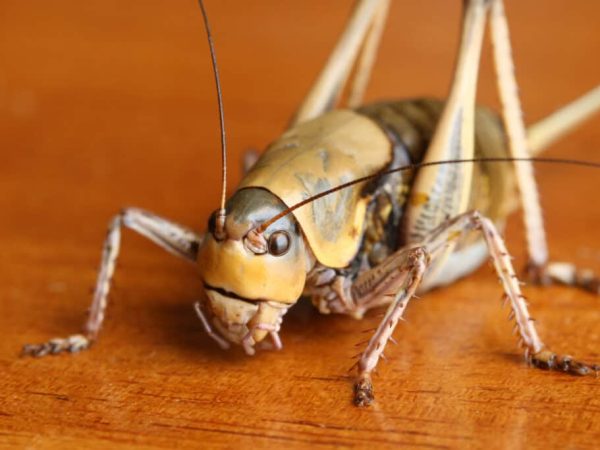Species on Galapagos: 10 Incredible Creatures That Will Amaze You

The species on Galapagos are some of the most unique and awe-inspiring creatures on Earth. This isolated archipelago, located in the Pacific Ocean, is home to animals that have evolved in extraordinary ways due to the islands’ remoteness. From giant tortoises to exotic birds, the biodiversity here is unparalleled. Charles Darwin’s visit to the Galapagos Islands in 1835 greatly influenced his theory of evolution. Let’s explore ten incredible creatures that make the species on Galapagos truly special.
Galapagos Giant Tortoise – A Living Relic
The Galapagos giant tortoise is the most iconic of all species on Galapagos. These massive reptiles can live over 100 years and weigh up to 900 pounds. They have adapted to different islands with varying shell shapes, proving natural selection at work. Slow-moving but incredibly resilient, they symbolize the islands’ ancient and unique ecosystem. Many conservation efforts focus on protecting these gentle giants.
Marine Iguana – The Only Seafaring Lizard
The marine iguana is the only lizard in the world that forages in the ocean, making it one of the most extraordinary species on Galapagos. These reptiles dive into the sea to feed on algae, using their sharp claws to grip underwater rocks. Their dark coloration helps them absorb heat quickly after swimming in cold waters. Males exhibit striking red and green hues during mating season. Charles Darwin famously described them as “hideous,” yet they are fascinating creatures.
Blue-Footed Booby – The Island’s Famous Dancer
The blue-footed booby is one of the most entertaining species on Galapagos, known for its vibrant blue feet and elaborate courtship dance. Males perform a high-stepping routine to attract females, displaying their colorful feet. These birds are expert divers, plunging from great heights to catch fish. Their colonies are found throughout the islands, adding a playful charm to the ecosystem. Their name comes from the Spanish word “bobo,” meaning clown, due to their funny movements.
Galapagos Penguin – The Only Penguin Near the Equator
The Galapagos penguin is the northernmost penguin species in the world, making it a unique species on Galapagos. Unlike their Antarctic relatives, they thrive in warm waters, thanks to the cool Humboldt Current. These small penguins are agile swimmers, using their wings like flippers to chase fish. They are monogamous and often seen nesting in rocky crevices. Climate change threatens their population, making conservation efforts crucial.
Sally Lightfoot Crab – Nature’s Vibrant Acrobat
The Sally Lightfoot crab stands out among the species on Galapagos with its bright red, yellow, and blue shell. These crabs are quick and agile, easily scurrying over lava rocks along the shore. They play an essential role in the ecosystem by feeding on algae and scavenging organic debris. Their ability to escape predators by running sideways makes them fascinating to watch. Tourists often marvel at their vivid coloration against the black volcanic rocks.
Flightless Cormorant – Evolution at Work
The flightless cormorant is a rare species on Galapagos that has lost its ability to fly. Instead, its powerful legs and webbed feet make it an exceptional swimmer, diving deep for fish. This evolutionary adaptation is due to the lack of land predators, allowing them to thrive without flight. Found only on the islands, their population is small and vulnerable to environmental threats. They showcase how isolation leads to incredible biological transformations.
Galapagos Sea Lion – Playful Ocean Acrobat
The Galapagos sea lion is one of the most charismatic species on Galapagos, often seen lounging on beaches or playing in the waves. These social animals form large colonies and communicate through barks and honks. They are agile swimmers, capable of reaching speeds up to 25 mph while hunting fish. Males, called bulls, fiercely defend their territories. Their playful nature makes them a favorite among tourists and wildlife enthusiasts.
Waved Albatross – The Ocean Glider
The waved albatross is the largest seabird among the species on Galapagos, with an impressive wingspan of up to 11 feet. These birds are known for their long-distance gliding ability, spending most of their lives at sea. They return to Española Island for breeding, where they engage in a unique courtship dance. Their population is limited, making conservation efforts critical to their survival. They are symbols of endurance and elegance in the Galapagos ecosystem.
Darwin’s Finches – The Key to Evolution
Darwin’s finches are perhaps the most famous species on Galapagos, playing a crucial role in Charles Darwin’s theory of evolution. These small birds have evolved different beak shapes to adapt to various food sources. Some finches have strong beaks for cracking seeds, while others have slender beaks for catching insects. Their adaptability highlights natural selection in action. Scientists continue to study them to understand evolutionary processes.
Galapagos Hawk – The Apex Predator
The Galapagos hawk is the top predator among the species on Galapagos, preying on small reptiles, birds, and even marine iguana hatchlings. With its keen eyesight and powerful talons, it dominates the food chain on the islands. This hawk has little fear of humans and is often seen perched on trees or cliffs. It plays a crucial role in maintaining ecological balance. Due to habitat loss, its population remains small and in need of conservation.
Conclusion
The species on Galapagos showcase nature’s most extraordinary adaptations. Each creature tells a unique story of evolution, resilience, and survival. From the ancient giant tortoise to the playful sea lion, these animals make the Galapagos a true wonder of biodiversity. Protecting this delicate ecosystem is vital for future generations to experience its incredible wildlife. A visit to the Galapagos is a journey into the heart of nature’s evolutionary masterpiece.
FAQs
Q1. Why are animals in the Galapagos Islands so unique?
The wildlife in the Galapagos has evolved in isolation, leading to remarkable adaptations not found anywhere else in the world.
Q2. What is the most famous animal found in the Galapagos?
The Galapagos giant tortoise is the most iconic species, known for its massive size, long lifespan, and distinct shell shapes.
Q3. Can visitors see wildlife up close in the Galapagos?
Yes, animals in the Galapagos have little fear of humans, allowing for close observation, but strict conservation rules must be followed.
Q4. What are the biggest threats to wildlife in the Galapagos?
Invasive species, climate change, and human activity pose significant threats to the delicate ecosystems of the islands.
Q5. How are animals in the Galapagos protected?
The Galapagos National Park and various conservation programs work to protect native wildlife through strict regulations and research efforts.
Also read: Antarctica Cruise Cost: 10 Incredible Deals for an Unforgettable Journey











